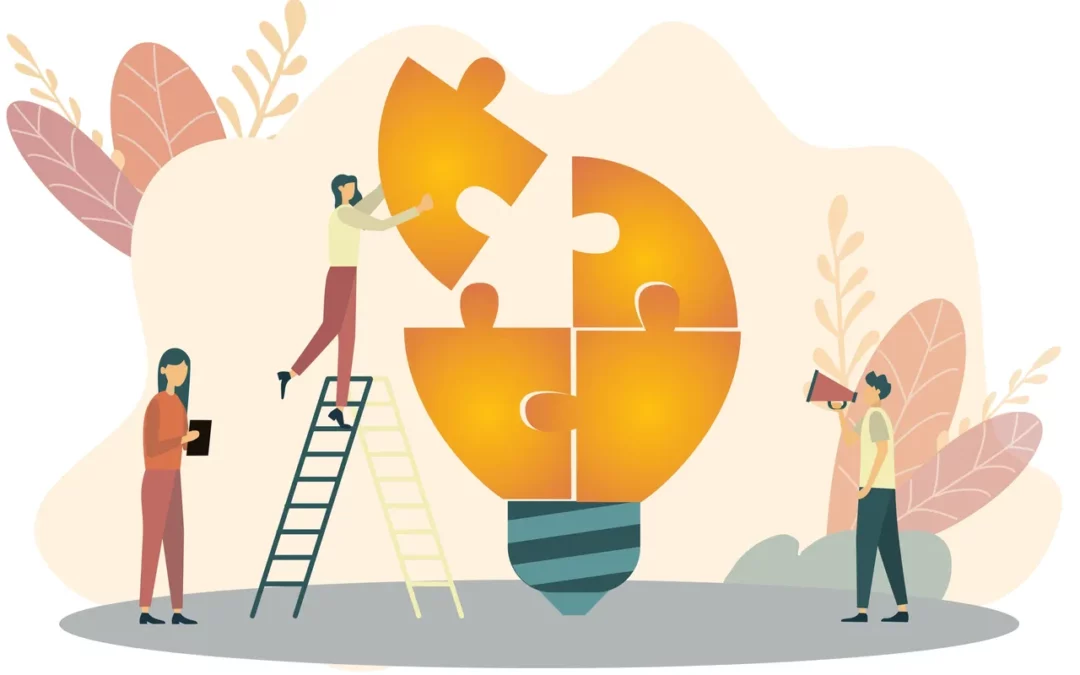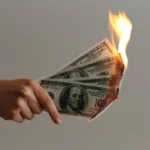My first “real job” after earning my undergraduate was with the university from which I had just graduated; in our small town within rural western North Carolina, the only regular career opportunities were with the school itself, whose students made up half of the population of the town.
I’d taken a role with the closest approximation to my Art & Theater degree, which was to work within the cultural affairs division for the university, responsible for running the performing and visual arts programs designed to both entertain (sell tickets) and enrich the community (create exposure for art & culture, possibly at the expense of profit). How to balance these two goals was the most common debate around our positioning.
Part of our annual programming included a six-week summer arts extravaganza, aimed largely at the wealthy university donors who flocked to our region to escape the heat of their Florida retirement homes. Our Artistic Director at the time, Gil Morgenstern, hailed from New York City (cue Pace Picante Salsa double-take). A concert violinist by trade, he was, expectedly, in the “enrichment” camp of our positioning debate.
One of the event series he spearheaded was an artistic collaboration showcase – somewhere between a table reading and a tech rehearsal: it was the performing arts equivalent of a Hollywood test screening. The way Gil saw it, these events were first and foremost a test of the artistic collaborations themselves. Is this collaboration working: between the writer, the composer, the technical director, the performers.
I’ll never forget the way he framed it to the staff: “A great collaboration is one where the result is far greater than what any individual could have done by themselves.” That if you’re struggling through every interaction, every decision, because each individual has their own agenda and their own positioning and no one is aligned on what “great” means, the result will be a wet hot mess. But if the collaboration is working well, everyone levels up and the work shines.
I was immediately struck by the truth of this – and how applicable this advice was, not just to a collaboration between performing artists, but to any collaboration or relationship between any two or more humans. It was a lens through which I could evaluate nearly every interpersonal situation – between co-workers, teammates, creative partners, families, friends, romantic partners. Even later still, as I transitioned in my career from the world of non-profit higher-ed and into the very for-profit creative services industry, it was a lens that could be applied to the client-agency relationship as well. Are we making something greater together than what I can do alone?
I experienced the value of great team collaboration first-hand in the development of a branded comedy series for ESPN, in my early days working in an animation services studio. It was a lovely blend of collaborative creative development, where, titles and roles aside, we collectively sifted through hours and hours of recorded radio programming to extract the story we knew could come to life visually, then trusted teams of experts to craft the storyboards, character designs, and animation.
With each layer of contribution, the comedy was elevated: the storyboard artist introduced sight gags that weren’t part of the script; the character designer found new humor in the costuming; the animation director brought everything together with great timing and performance. It was the Little Branded Content Series That Could, produced for under $10K per episode – certainly more out of love for the craft and mutual trust for each other than for profit.
Our collaboration was rewarded with two Emmy nominations and one win in the newly-created category “Outstanding Achievement in Content for Non-Traditional Delivery Platforms” (such a mouthful – the industry hadn’t started calling it “streaming content,” back then). We didn’t do it individually – we needed to trust in our individual strengths coming together to make something greater than what we could do by ourselves.
What does the flip side look like? Like many of you, I’ve been there too: one of the most unrewarding professional experiences occurred a few years after the Emmy win. I’d been brought in to a new firm as a COPPA-compliant digital expert to take over a newly-launched entertainment website for a prominent toy brand.
The website I inherited was a nightmare: no one was aligned. The client wanted a simple “surprise and delight” experience that the toy line embodied, and was frustrated with the overly complicated, Flash-heavy homepage. The agency Creative Director wanted digital clout and a coveted Flash Website Award. The head of sales was busy making unrealistic promises for new scope to the client without any input or participation from the team. And lastly the consumers, who just wanted to be able to login and logout of their profiles without hassle, and play simple mini-games.
After a few months of this, the client ended the contract early with a mandate to design a replacement website experience as our final deliverable. “Let me handle this,” I told the agency partners – and luckily they allowed me to do just that. So with one designer, one animator, and one front-end developer, we put our heads together and hammered out a new, simple, kid-friendly experience in about a month, that the client continued to use for years after.
Whenever you find yourself thinking “the outcome of this [moment, event, activity, etc.] would have been so much easier and better if I was the only decision-maker,” it’s time to rethink your collaboration, or exit stage left. This lens will help you avoid what business leaders understand to be the fallacy of sunk cost.
It doesn’t mean there won’t be debates, or disagreements, or hard work. It definitely doesn’t mean that your ideas or point of view will always “win” – Gil knew that, which is why he sought the validation of test audiences for his artistic collaborations. With a great collaboration, you’ll always feel like you’ve personally leveled up at the end of the day. You’ll always feel like you were a part of something greater than what you could have done alone.
Author: Dena Gonzalez, COO, Area of Expertise







